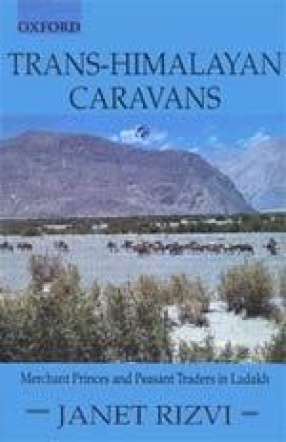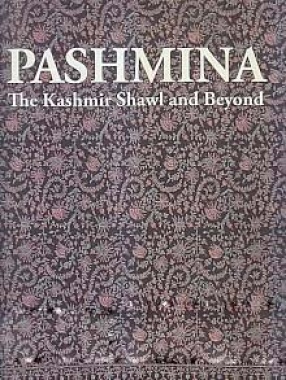In common with other regions of the Himalaya and trans-Himalaya, the pre-independence economy of Ladakh was based largely on the trade in food-grains grown in the valleys, and wool and salt from the high altitude plateaux of Tibet. Ladakh was also the conduit by which the luxury fibre pashm (or ‘cashmere’) passed from Tibet’s high-altitude plateaux down to Srinagar, to be worked into Kashmir’s famous shawls. In addition, it was the halfway stage on the route for the long-distance trade in textiles, carpets, dyestuffs and narcotics between the Punjab and eastern central Asia (Sinkiang), a two-months’ journey for the caravans, crossing a total of eleven passes, and rising at the Karakoram pass to an altitude of 5578 metres. Leh was also the entrepot for trade between central Asia and Lhasa. Although the trans-Himalayan traffic in subsistence commodities in Nepal has been researched, notably by Christoph von Furer-Haimendorf, that in Ladakh has till now remained almost entirely undocumented. Oral evidence is related to documentary sources ranging from Bernier’s Travels in the seventeenth century to A.W. Radhu’s 1981 account of the trade between Leh and Lhasa. This book documents an extraordinarily complex pattern of trade which was otherwise in danger of vanishing without record.
Trans- Himalayan Caravans: Merchant Princes and Peasant Traders in Ladakh
In stock
Free & Quick Delivery Worldwide
reviews
Bibliographic information
Title
Trans- Himalayan Caravans: Merchant Princes and Peasant Traders in Ladakh
Author
Edition
1st Ed.
Publisher
ISBN
0195648552
Length
384p., 4 Col. Plates; 4 Maps; 35 Photographs; Size 215x140mm.
Subjects





There are no reviews yet.